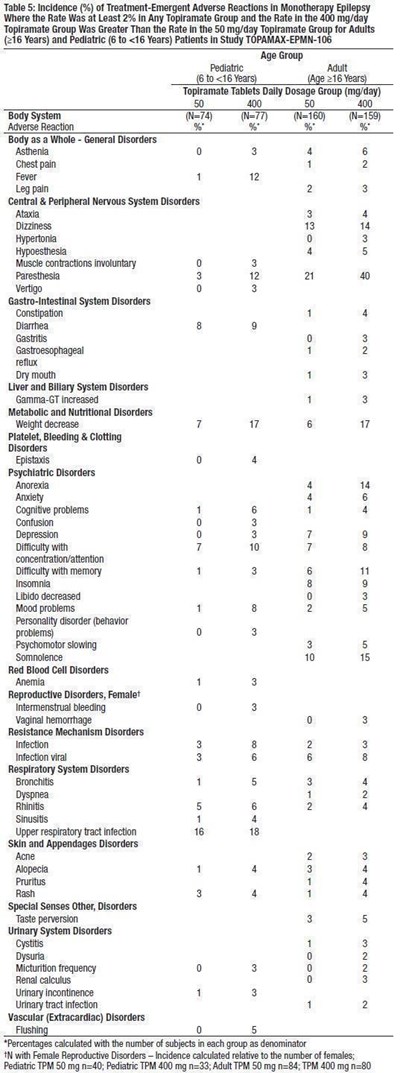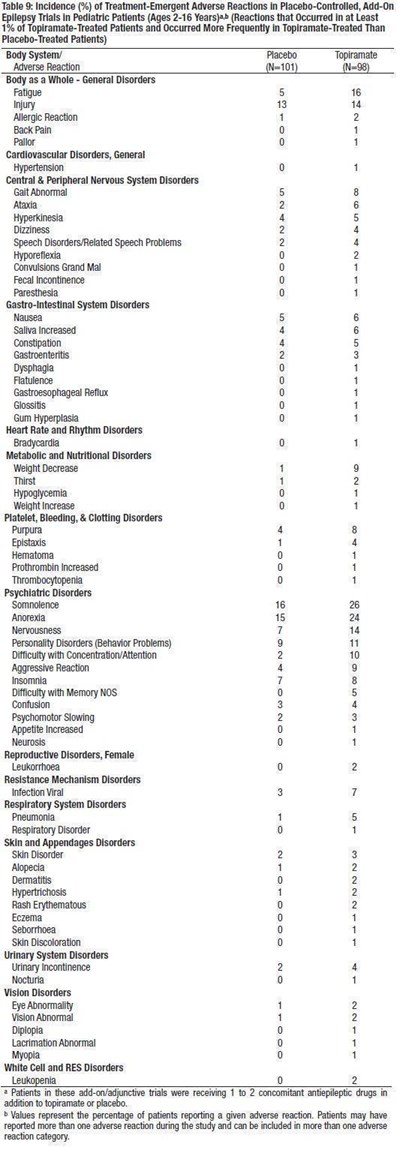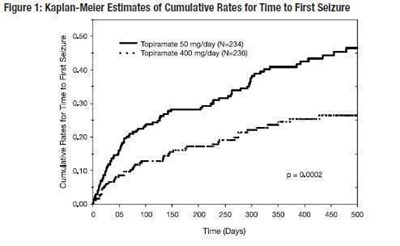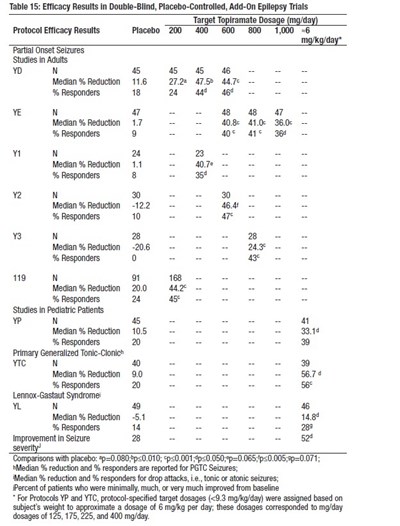Product Images Topiramate
View Photos of Packaging, Labels & Appearance
- Bottle Label 50 mg - 71610 0193 53
- image - 7e50b67a f7fc 4a4a 8cb3 8b2aaddeb3dc 01
- image - 7e50b67a f7fc 4a4a 8cb3 8b2aaddeb3dc 02
- image - 7e50b67a f7fc 4a4a 8cb3 8b2aaddeb3dc 03
- image - 7e50b67a f7fc 4a4a 8cb3 8b2aaddeb3dc 04
- image - 7e50b67a f7fc 4a4a 8cb3 8b2aaddeb3dc 05
- image - 7e50b67a f7fc 4a4a 8cb3 8b2aaddeb3dc 06
- image - 7e50b67a f7fc 4a4a 8cb3 8b2aaddeb3dc 07
- image - 7e50b67a f7fc 4a4a 8cb3 8b2aaddeb3dc 08
- image - 7e50b67a f7fc 4a4a 8cb3 8b2aaddeb3dc 09
- Image - 7e50b67a f7fc 4a4a 8cb3 8b2aaddeb3dc 10
- image - 7e50b67a f7fc 4a4a 8cb3 8b2aaddeb3dc 11
- Aphena Pharma Solutions - TN - Aphena
Product Label Images
The following 13 images provide visual information about the product associated with Topiramate NDC 71610-193 by Aphena Pharma Solutions - Tennessee, Llc, such as packaging, labeling, and the appearance of the drug itself. This resource could be helpful for medical professionals, pharmacists, and patients seeking to verify medication information and ensure they have the correct product.
image - 7e50b67a f7fc 4a4a 8cb3 8b2aaddeb3dc 01

The text describes a table presenting a titration schedule for monotherapy in adults and pediatric patients over the age of 10. The schedule outlines the dosage to be administered in the morning and evening for each week, starting at 25mg in the morning and 5mg in the evening in Week 1 and increasing incrementally until Week 6, where the dosage is 200mg in the morning and 0mg in the evening for adults and pediatric patients over the age of 10.*
image - 7e50b67a f7fc 4a4a 8cb3 8b2aaddeb3dc 02

This is a table outlining the recommended daily maintenance dosages for monotherapy treatments for patients between 2 and under 10 years old, based on weight. The dosages are given in milligrams (mg) per day and are recommended to be administered in two equally divided doses. The minimum and maximum maintenance doses are also provided for each weight range.*
image - 7e50b67a f7fc 4a4a 8cb3 8b2aaddeb3dc 03

The table presents the risks associated with using antiepileptic drugs in different indications based on a pooled analysis. The indications are Epilepsy, Psychiatric, and Other. The table compares the incidence of events in patients who received placebo versus those who were on the drug. The relative risk, risk difference, and incidence of events in drug patients per 1000 patients are also presented in the table.*
image - 7e50b67a f7fc 4a4a 8cb3 8b2aaddeb3dc 04

The given text describes the incidence of treatment-emergent adverse reactions in Monotherapy Epilepsy for different age groups and dosage categories of Topiramate tablets. The incidence rates are presented for various body systems and disorders, including General Disorders, Nervous System Disorders, Gastrointestinal System Disorders, Metabolic and Nutritional Disorders, Psychiatric Disorders, Respiratory System Disorders, Skin and Appendages Disorders, Special Senses Disorders, Urinary System Disorders, and Vascular Disorders. The calculation of percentages is based on the number of subjects in each group, and the incidence of adverse reactions in females is calculated with respect to their count.*
image - 7e50b67a f7fc 4a4a 8cb3 8b2aaddeb3dc 05

The given text is a table indicating the dosage of Topiramate Tablets (mg/day) for various disorders and their adverse reactions. The table consists of different body systems and disorders, along with their adverse reactions reported in each trial group of the body system/placebo, Topiramate 200 mg/day, and Topiramate 400 mg/day. The adverse reactions are listed in percentage and could be reported by more than one patient.*
image - 7e50b67a f7fc 4a4a 8cb3 8b2aaddeb3dc 06

The table shows the incidence of treatment-emergent adverse reactions in Study 119 where the incidence was at least 2% in the Topiramate group and greater than the rate in placebo-treated patients. Different body systems and respective adverse reactions are identified. The listed adverse reactions are those reported by at least 2% of patients in the topiramate 200 mg/day group and more common than in the placebo group. The values represent the percentage of patients reporting given adverse reactions. Patients may have reported more than one adverse reaction during the study and can be included in more than one adverse reaction category. This study also shows that patients were receiving one to two concomitant antiepileptic drugs in addition to topiramate or placebo.*
image - 7e50b67a f7fc 4a4a 8cb3 8b2aaddeb3dc 08

The table presents the frequency of treatment-emergent adverse reactions in placebo-controlled, add-on epilepsy trials in pediatric patients aged 2-16 years undergoing treatment with Topiramate. The study reports the percentage of patients reporting different types of adverse reactions and the number of patients in each group (Topiramate vs. Placebo). Symptoms such as fatigue, injury, gait abnormality, nausea, constipation, urinary incontinence, and skin disorders occurred more frequently in Topiramate-treated patients than those who received Placebo. However, the incidence of several adverse reactions such as hypertension, dysphagia, weight increase, thrombocytopenia, and diplopia showed no major difference for the two groups.*
Image - 7e50b67a f7fc 4a4a 8cb3 8b2aaddeb3dc 10

The text appears to be a description of a graph showing the Kaplan-Meyer estimates of cumulative rates for time to first seizure for two groups of patients treated with different doses of Topiramate. The x-axis represents time in days and the y-axis represents the cumulative rates. The first group received a dose of 50mg/day and included 234 patients, while the second group received a dose of 400mg/day and included between 4 and 236 patients. Unfortunately, without more context or clearer text, it is difficult to discern the full meaning and implications of this figure.*
image - 7e50b67a f7fc 4a4a 8cb3 8b2aaddeb3dc 11

This text shows a table labeled "Table 15" that displays the efficacy results of add-on epilepsy trials where topiramate is used to target varying dosages of seizures. The table includes the reduction of median percentages and the percentage of responders for patients with partial onset seizures, primary generalized tonic-clonic, and Lennox-Gastaut syndrome. It also details the improvement in seizure severity among patients, as well as comparisons with placebos. Information about the protocols used in the trials is also provided.*
* The product label images have been analyzed using a combination of traditional computing and machine learning techniques. It should be noted that the descriptions provided may not be entirely accurate as they are experimental in nature. Use the information in this page at your own discretion and risk.



